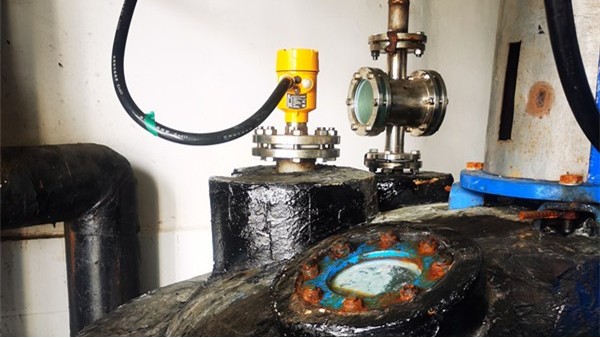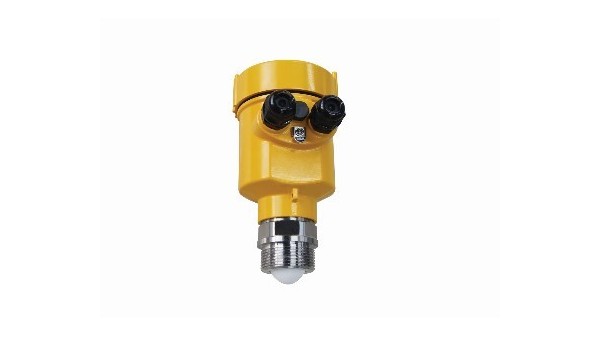Level meters play a vital role in the field of industrial measurement. They ensure that inventory management of raw materials and finished products, production process control, and safety monitoring can be carried out accurately and effectively.
Among them, radar level meter and input level meter are two common level measurement technologies, each with its own unique features and application advantages.
This article will take an in-depth look at the working principles, features, and key differences between these two level gauges.

First, let’s understand the radar level meter. This type of level gauge uses microwave signals to measure liquid or material levels. When working, the radar level meter emits microwave pulses to the surface of the measured medium and receives the echo reflected from the medium surface.
By analyzing the time delay of the echo, the position of the medium surface can be determined and the material level height can be calculated. The key advantages of radar level meters are their high measurement accuracy and reliability, and they are not affected by changes in the medium.
It can work stably under harsh conditions such as high temperature, high pressure, corrosion or dust, and is especially suitable for complex or extreme industrial environments. The input level meter measures by directly contacting the medium. This kind of level meter usually consists of a probe rod and a sensor.
The probe rod is inserted directly into the medium in the container. The sensor is located at the bottom of the probe rod and is used to sense changes in pressure or buoyancy of the probe rod.
Based on these changes, the submersible level meter can calculate the level height of the medium. The advantages of submersible level meters are simple structure, low cost, and relatively easy installation and maintenance. It is suitable for level measurement of various liquids and some regular solids.

What is the main difference between radar level meters and submersible level meters? We can analyze it from the following aspects: 1. Different measurement principles: radar level meters use non-contact microwave measurement technology, while submersible level meters The level gauge needs to be in direct contact with the medium. This leads to a fundamental difference in the way the two are measured.
2. Application environment adaptability: Since the radar level meter does not require direct contact with the medium, it is suitable for media that are difficult or unsuitable for direct contact, such as high-viscosity liquids, corrosive liquids, or slurry materials containing solid particles. In contrast, the input level meter is more suitable for the measurement of general liquids and some regular solids.
3. Accuracy and stability: Radar level meters usually have higher accuracy and better stability because they are less susceptible to changes in the medium. Although the input level meter can also provide relatively accurate measurement results, it may need to be recalibrated when the properties of the medium change significantly.
4. Cost considerations: From an economic perspective, the cost of an input level meter is usually lower than that of a radar level meter, which makes it more attractive in cost-sensitive applications.

Radar level meters and submersible level meters each have their own merits, and their selection depends on specific measurement needs, medium characteristics, environmental conditions, and cost budget.
Radar level meters have advantages in many complex industrial environments due to their high accuracy, high stability and non-contact measurement, while submersible level meters are used in a wide range of daily industrial measurements because of their simplicity, reliability and high cost-effectiveness.
When choosing a level meter, users should comprehensively consider their respective advantages and disadvantages and choose the level meter that best suits their application scenarios.
